Sleeping in a trullo in Alberobello felt like I’d wandered into a storybook. But honestly, it was the quiet magic of the town after sunset that really caught me off guard. The narrow, winding lanes emptied out, and the white stone houses with their cone-shaped roofs just glowed under those gentle streetlights.
When tourists left, I could feel the peaceful beauty of Alberobello settling in all around me.
Staying overnight let me see a whole different side of this famous place. Late at night, the UNESCO-listed district turned into a secret, almost like only a handful of people got to experience it.
There’s something about walking these historic streets when everything slows down. You get a real sense of the village’s true charm.
If you’ve ever wondered what it’s actually like to sleep in a trullo or see Alberobello after dark, this is your chance. It’s comfortable, sure, but it also gives you a rare peek at local life.
Whether you’re into history or just crave unique places, spending a night here is a way to see the town without the usual crowds. The memories? They stick with you.

Arriving in Alberobello: First Impressions of a UNESCO World Heritage Site
Stepping into Alberobello, I immediately noticed how different it felt from anywhere else in Italy. The quirky buildings, tight streets, and friendly locals make this town pop right in the heart of Puglia.
Discovering Puglia’s Enchanting Heart
I arrived in Alberobello after a scenic drive through Apulia’s rolling fields and olive groves. The air was warm, heavy with the scent of wild herbs.
Passing tiny villages, I started spotting those iconic cone-shaped roofs—my first real hint that I was close.
As I wandered, the streets lined up with rows of trulli—those small, round houses with their pointed stone roofs. These whitewashed homes clustered together, giving the town a storybook vibe I’ve never seen anywhere else in Italy.
Some trulli are cozy homes. Others are cafés, souvenir shops, and tiny museums.
What really amazed me was how everyday life mixed with all this history. Kids played outside, and shopkeepers greeted visitors with easy smiles.
The main streets buzzed, but peaceful alleys promised quiet moments and perfect photo ops. Evening light cast soft shadows, sharpening the fairytale look.
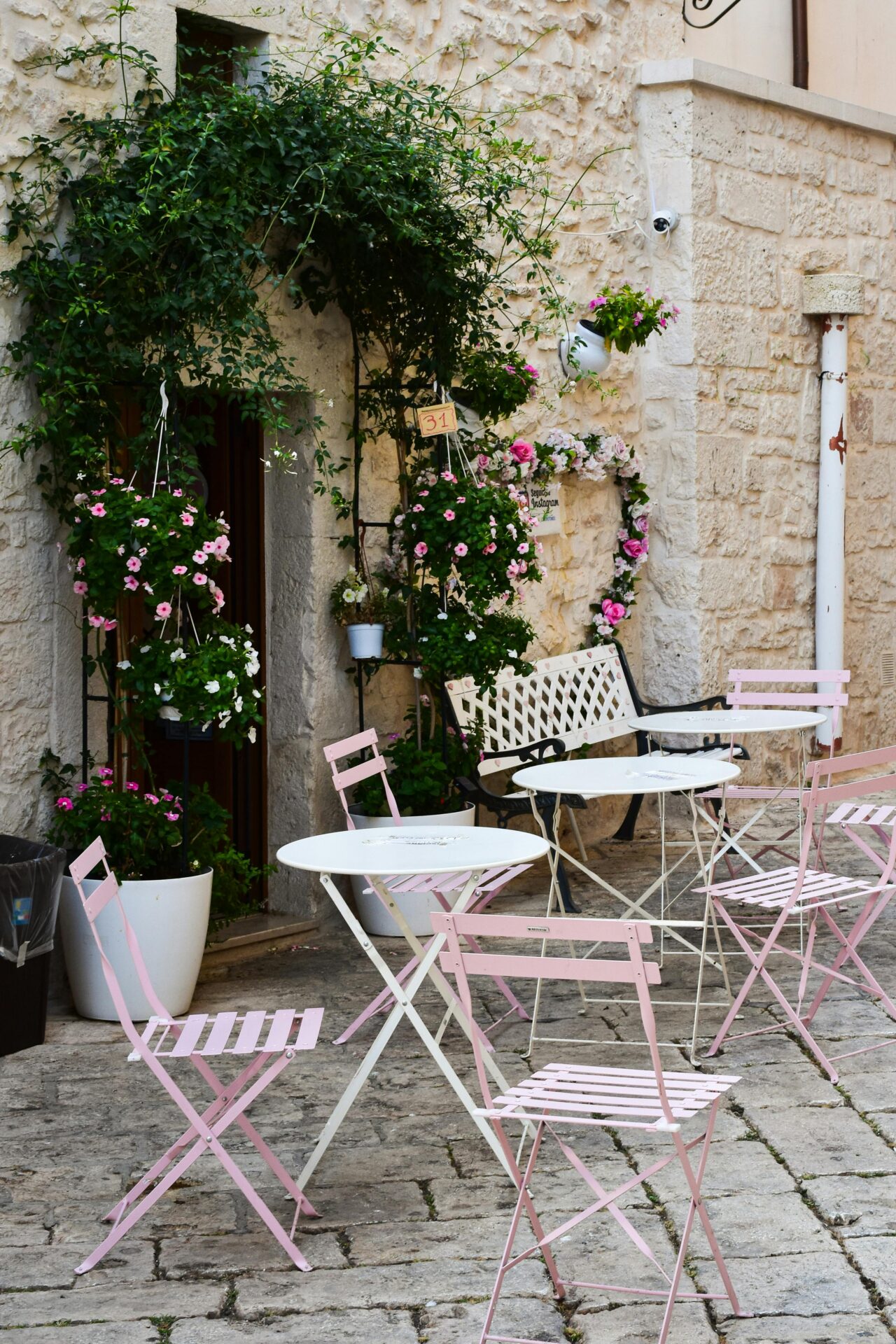
UNESCO Recognition and Cultural Importance
UNESCO named Alberobello a World Heritage Site in 1996. It’s obvious why.
The trulli aren’t just pretty—they show off centuries of local building traditions you won’t find anywhere else in southern Italy.
Local builders stacked each stone roof by hand, without mortar. They perfected this style over generations.
UNESCO recognition protects not just the quirky architecture but also the cultural identity of the town.
Alberobello stands out as a rare example of rural European life. Every detail—from limestone walls to carved pinnacles—tells the story of the families who built and lived here.
Walking through the Rione Monti and Aia Piccola quarters, I realized Alberobello’s recognition goes way beyond tourism. It’s about keeping traditions alive and sharing them.
Seeing the UNESCO plaque by the entrance made me respect just how much pride residents take in their heritage.
Anyone visiting Puglia should see Alberobello. It’s a window into the region’s heart and history.
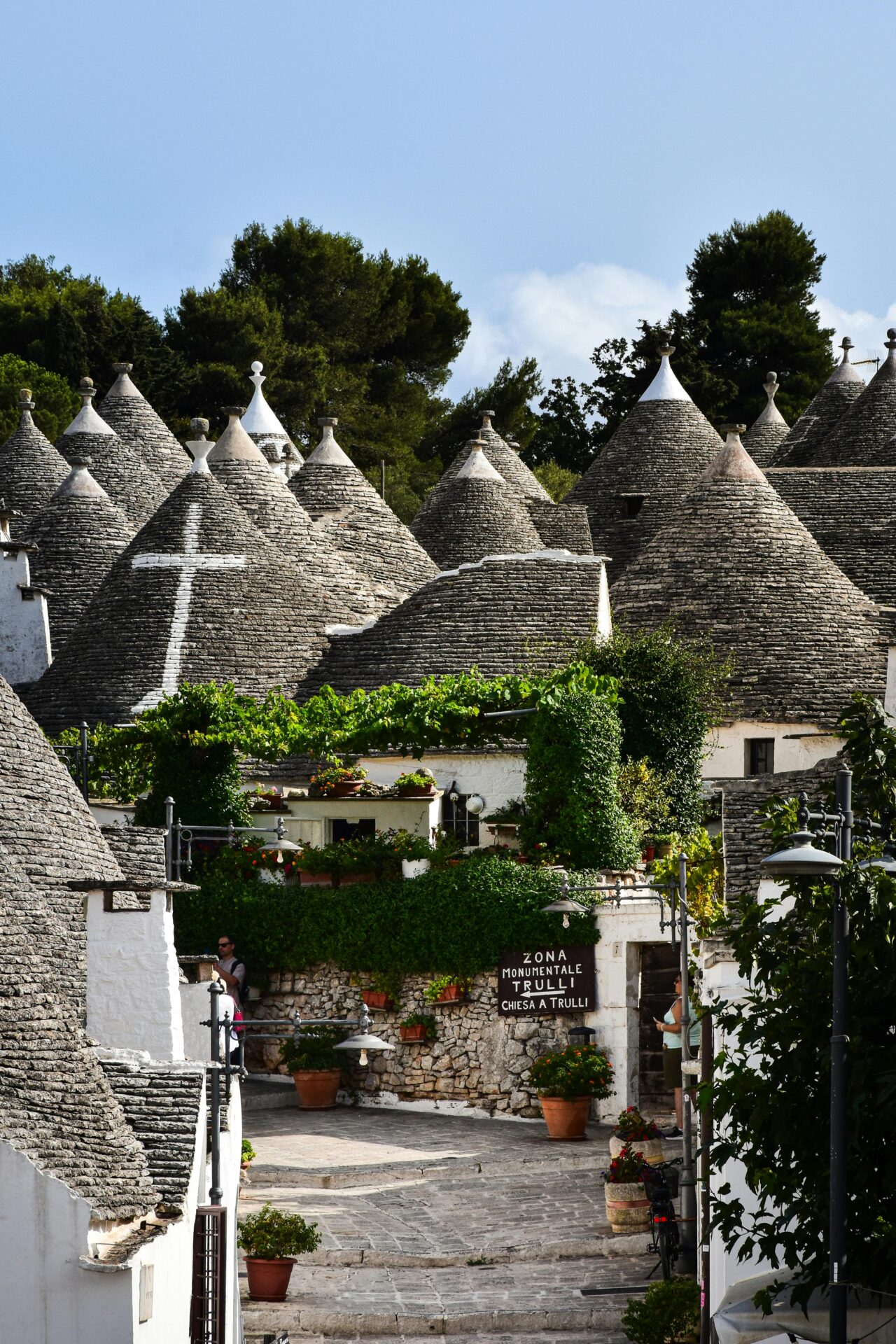
The Magic of Sleeping in a Trullo
Sleeping in a trullo made me feel connected to Alberobello’s history. I also got comforts I honestly didn’t expect.
These old stone homes offer warmth, quirky design, and a surprising mix of old and new.
Finding the Perfect Trullo Stay
Booking a trullo in Alberobello isn’t just about a place to crash—it’s an experience. I quickly learned to look for original stonework, clean interiors, and plenty of natural light.
Some trulli sit right in the busy center, while others hide on quiet streets, perfect for a peaceful night.
I checked reviews for spots with great hosts and easy check-in. Photos told me a lot—curved ceilings, tiny doors, and those cozy nooks you just don’t find in hotels.
Tips for finding a great trullo:
- Go for certified trullo accommodations.
- Make sure there’s air conditioning or heating.
- Read guest ratings about cleanliness and comfort.
Picking the right place made my night in Alberobello so much better.

Trullo Nobilis: Heritage and Hospitality
Trullo Nobilis caught my eye online with its whitewashed walls and classic cone roof. When I showed up, the host met me at the private entrance, sharing stories about local life and the trulli’s history.
These homes go back centuries. Builders made thick walls to keep cool in summer and warm in winter.
Inside, Trullo Nobilis blends old-school charm with thoughtful details. Antique furniture, local decorations, and exposed stone made it feel real—not staged.
The host left a bottle of Puglian olive oil and a handy map with tips. That warm welcome stuck with me.
Every corner of Trullo Nobilis felt personal—like I was staying in someone’s home, not just a rental.
Sleeping under the round ceiling, I finally got why people love these dwellings.

Modern Comforts: Free WiFi and Private Entrance
Even in a centuries-old trullo, I wanted a few modern perks. Free WiFi made it easy to share photos and plan my next stop.
The signal worked well, thick walls and all. I could relax, read, or video call family from anywhere inside.
Having a private entrance gave me extra quiet, security, and freedom. I wandered Alberobello’s moonlit streets, knowing I could come back whenever I wanted without waking anyone.
No shared hallways or noisy neighbors—just my own ancient home for the night.
Those details matter. If you like privacy, convenience, and staying connected, you’ll love a trullo with free WiFi and private access.
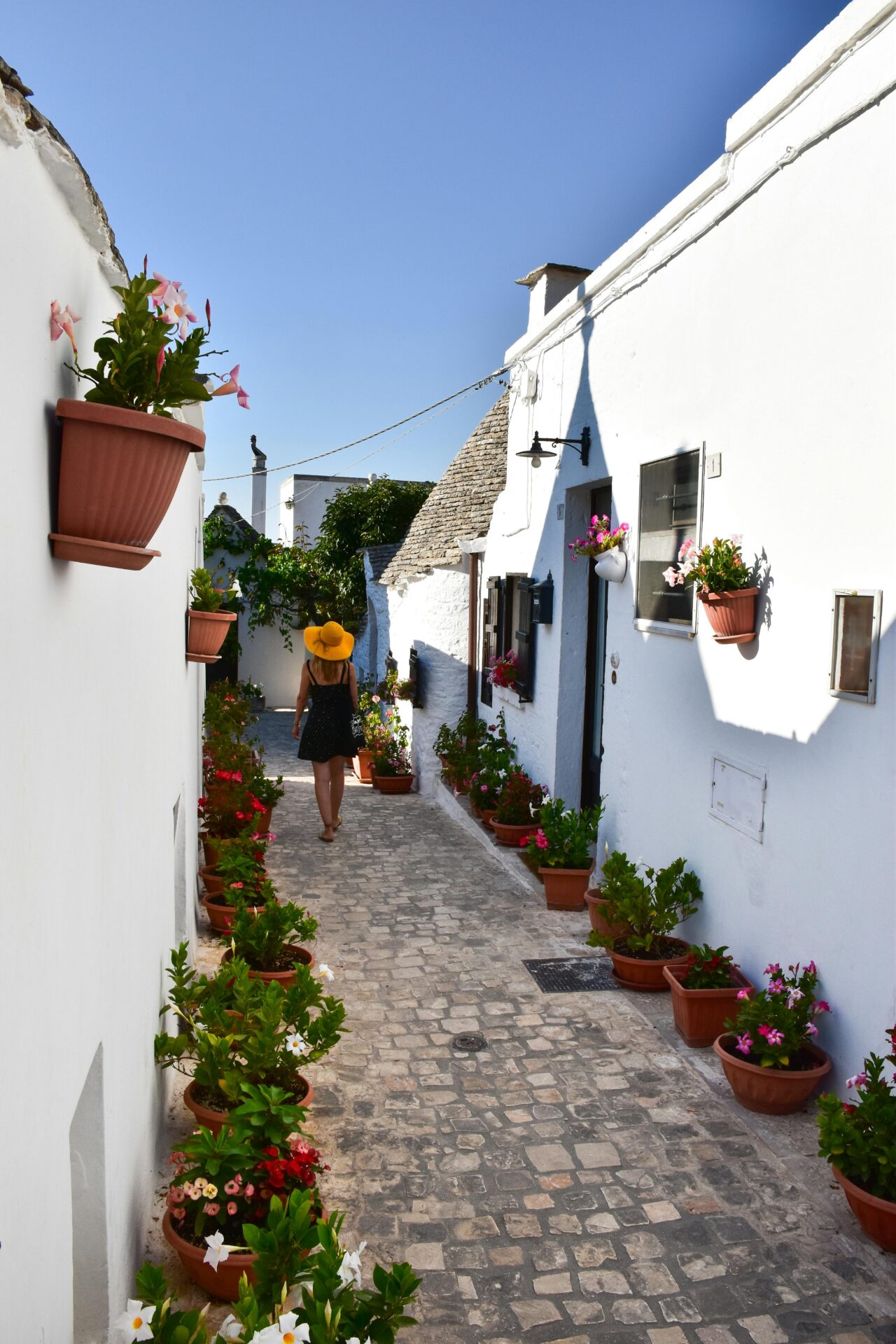
Alberobello After Dark: Exploring Trulli Under the Night Sky
Walking the streets of Alberobello after sunset shows a whole new side of town. As the crowds disappear, the trulli look even more magical against the night sky.
Candlelit Streets and Nighttime Ambiance
Once the sun sets, Alberobello changes. The white stone trulli reflect a soft glow from old street lamps and candles outside shop doors.
On the cobbled lanes, I often spotted tiny lights in doorways, giving every street a warm, welcoming vibe.
Down one alley, I found a local café with lanterns by the door. Eating gelato on the steps of a trullo felt quieter and more personal after dark.
The main square buzzed earlier, but at night, only footsteps and hushed voices filled the air.
Why the nighttime matters:
- Streets clear out
- The trulli look fairy-tale-like lit up in the dark
- Some shops and vendors stay open, offering crafts and pastries in a peaceful setting
Night tours are a thing here too. Guided walks bring out the town’s history, and honestly, stories feel even richer under the stars.
With a clear sky, I could spot constellations peeking above the trulli roofs.

Romantic Getaway Experiences
Alberobello at night feels made for couples. I saw pairs walking hand in hand past trulli, pausing on benches or snapping photos under lantern-lit arches.
The round roofs and white walls, softly glowing, create a dreamy backdrop.
My trullo had a tiny terrace. I sat there with a late evening drink, wrapped in a blanket, listening to distant sounds from the town below.
Some private courtyards offer candlelit dinners made by local chefs. It’s easy to set up a special meal for two, with traditional Apulian food and a bottle of local wine.
If you’re marking an occasion or just want quiet time together, these nighttime moments bring both privacy and charm.
The mix of historic surroundings, empty streets, and the soft Puglian sky makes nighttime in Alberobello unforgettable for couples.
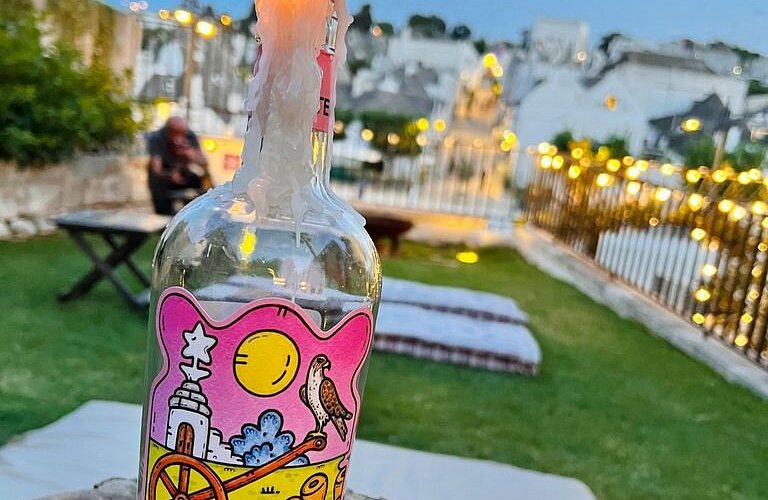
Wandering Beyond: Day Trips From Alberobello
Alberobello is lovely, but the region around it offers so much more. In just a short drive, I found everything from rolling valleys and old castles to underground chambers and ancient cathedrals.
Venturing into the Itria Valley and Bari
Driving through the Itria Valley felt like I’d stepped into a painting. Olive trees and vineyards dotted the rolling hills.
Towns like Locorotondo and Martina Franca, each with their own personality, are perfect for wandering and tasting local cheeses or wines.
Bari, the main city nearby, has an old town full of winding alleys, street vendors, and the grand Basilica di San Nicola.
In Bari, I walked along the sea promenade and grabbed focaccia at a bakery packed with locals. If you love food and architecture, don’t skip this trip.
Top Tips:
- Renting a car gives you the most freedom and lets you visit small villages at your own pace.
- Local trains connect most towns if you’d rather not drive.
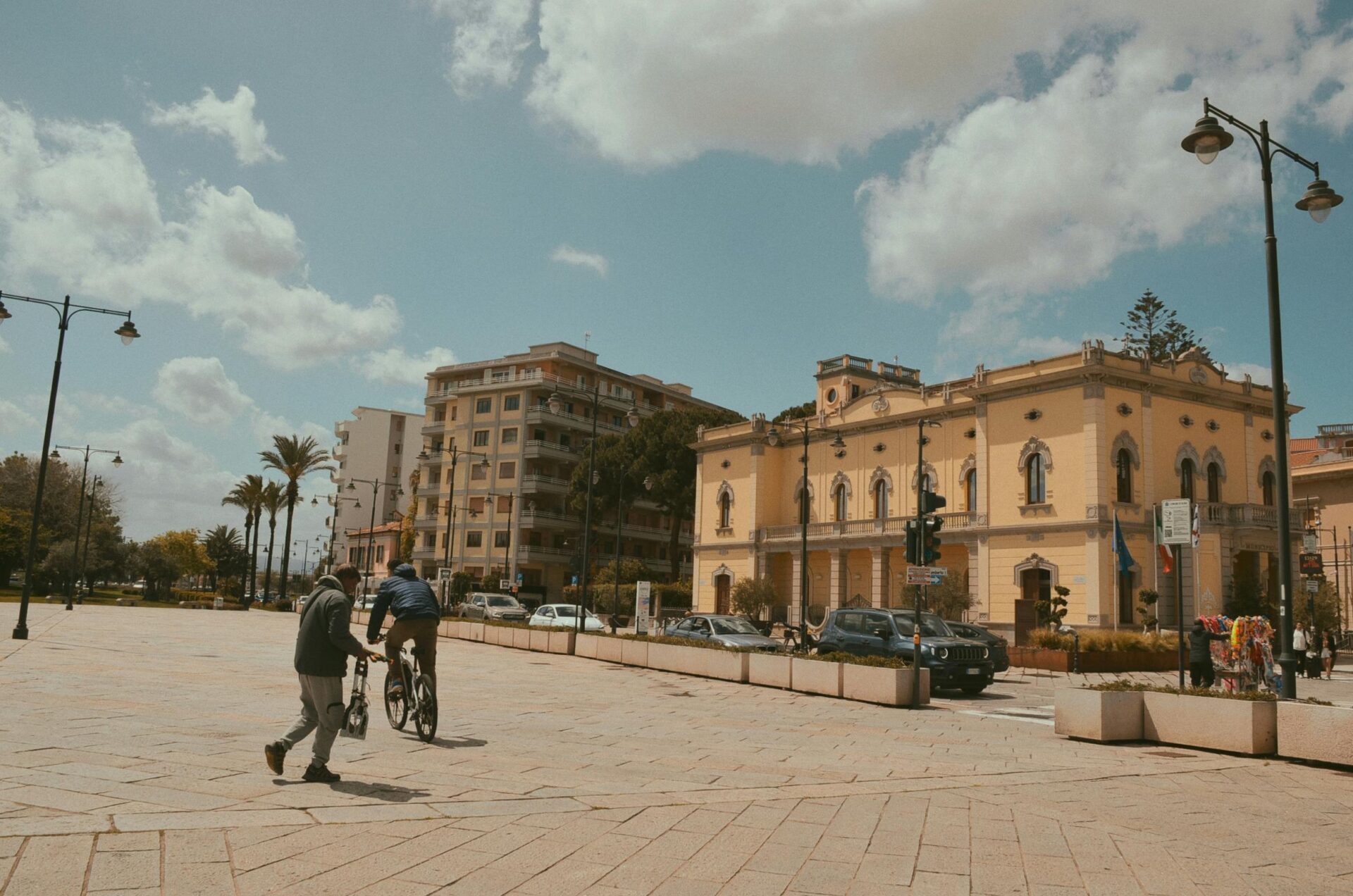
Castello Aragonese: Medieval Majesty
The Castello Aragonese of Taranto looms over the city’s waterfront. Massive stone walls and towers make it impossible to miss.
I crossed the drawbridge and stepped into cool, shadowy halls and echoing stairways. I felt like I’d gone back to the Middle Ages.
A guide showed me hidden rooms, old cannons, and stories of knights and kings. The castle’s viewpoints let me see both the old town and the sea.
I learned the powerful Aragonese family built and expanded this place in the 15th century.
Highlights Inside the Castle:
- The armory, showing off swords and armor.
- Walking the ramparts for wide-open views.
- Details about the fortress’s changing roles, from royal stronghold to military base.
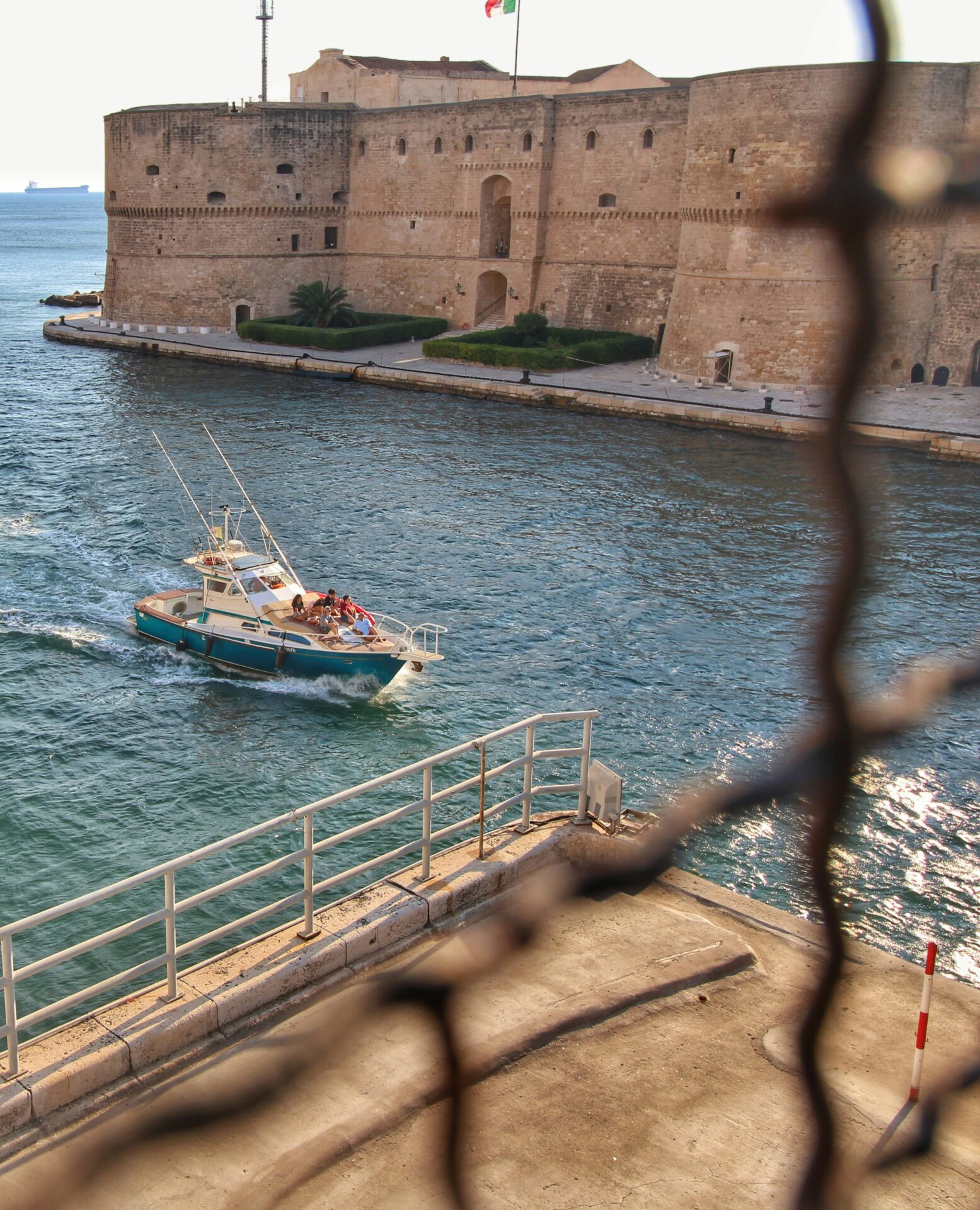
Taranto Cathedral and Taranto Sotterranea
Taranto’s cathedral is a mix of Baroque and Byzantine. In the morning, gold and marble details shimmered above the altar.
Mosaics and carved chapels made me feel like I’d entered another world.
Beneath Taranto’s streets, the Sotterranea twists through ancient underground passages. Exploring these tunnels showed me a different side of the city.
Guided walks took me to ancient tombs, cisterns, and bits of Roman walls. Guides explained how people used these tunnels for shelter, storage, or escape during invasions.
What to bring:
- Comfortable shoes for uneven passageways.
- A light jacket—the underground stays cool, even in summer.
Both the cathedral and the underground city revealed the layers of Taranto’s history. Each step brought some new surprise, from art treasures to eerie archaeological finds.
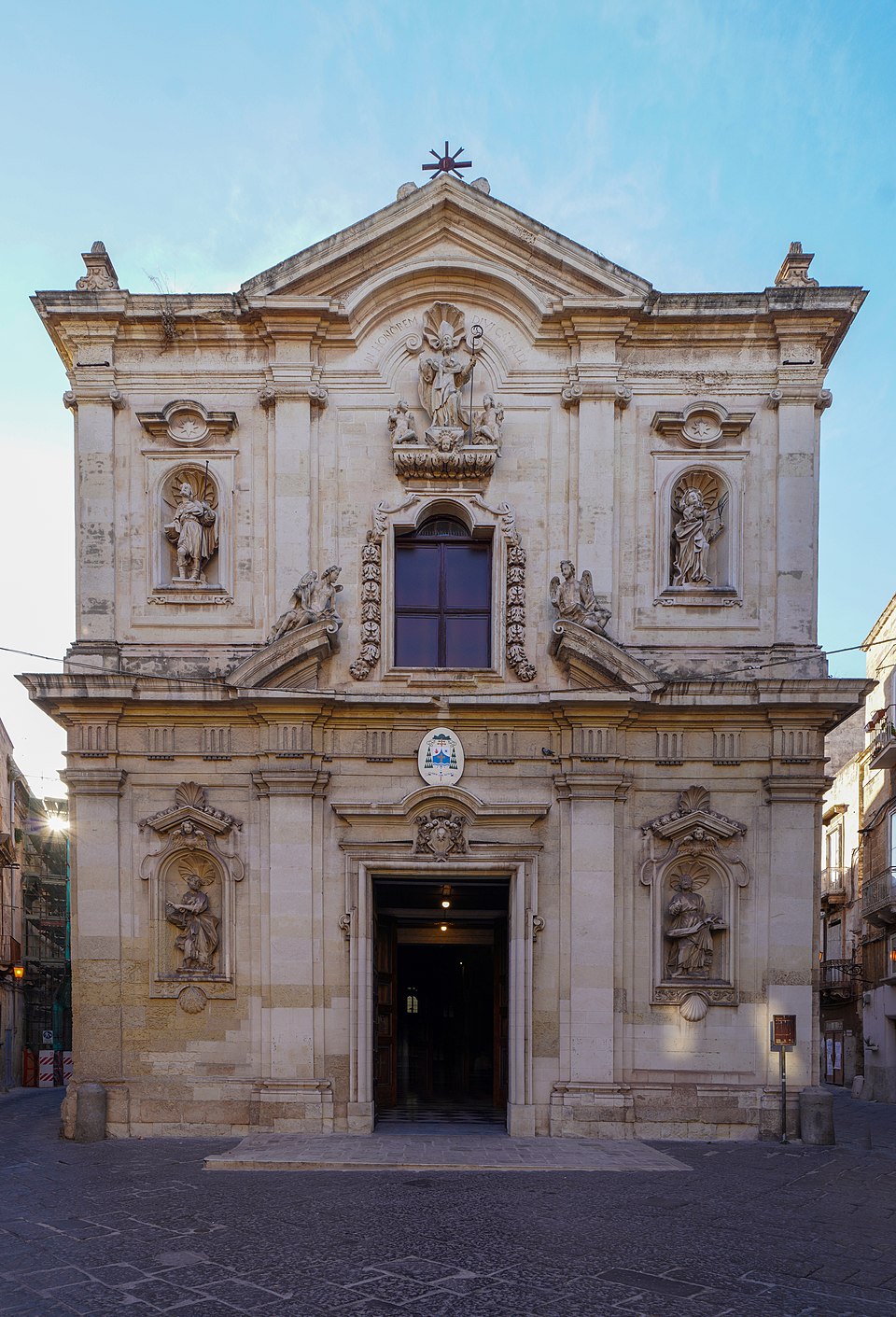
Golf and Culture: Discovering Puglia’s Unique Offerings
Puglia’s charms stretch from rolling golf greens to ancient museum halls. In just one region, I found top-notch sports and deep cultural history packed together.
San Domenico Golf and Apulian Fairways
San Domenico Golf sits right on the Adriatic coast. When I played here, the sea breeze kept things interesting—sometimes it made every swing a bit of a gamble, but that’s part of the fun.
Olive trees and wild grasses line the fairways. That gives the course a relaxed, natural vibe you don’t always find elsewhere.
The course has 18 holes and a par of 72. Golfers show up for the views and, honestly, the greens are in great shape.
After my round, I headed straight to the clubhouse for some local food and a cold drink. That felt like the perfect way to wrap up the day.
Here’s what stood out to me at San Domenico Golf:
| Feature | Details |
|---|---|
| Location | Near Savelletri di Fasano |
| Holes/Par | 18 holes, Par 72 |
| Setting | Olive groves, sea views |
| Open Year-Round | Yes |
If you want to try somewhere else in Puglia, you’ve got options. Acaya Golf Club and Barialto Golf Club both show off different sides of the region’s landscape.
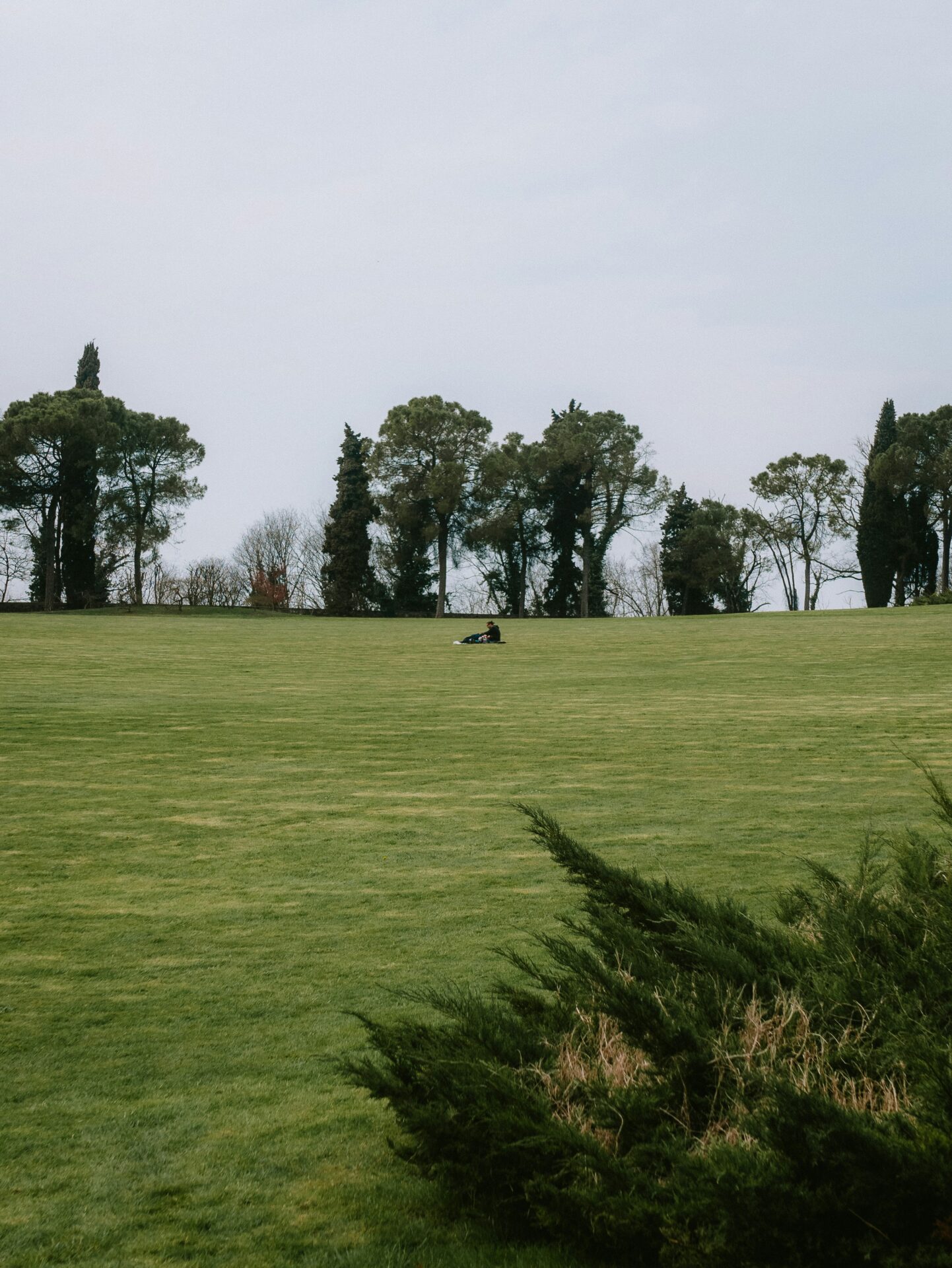
National Archaeological Museum of Taranto-MARTA
After a long day on the course, I headed over to Taranto to check out the National Archaeological Museum, or MARTA as locals call it.
Honestly, this place has one of Italy’s most impressive collections of Greek and Roman artifacts.
As I wandered through the galleries, I spotted ancient gold jewelry, some pretty stunning pottery, and statues from Puglia’s earliest settlements.
The “Taranto Gold” display really drew me in—these tiny, intricate pieces were made for noble families thousands of years ago.
Here’s what stood out at MARTA:
- Greek vases and bronze armor
- Mosaic floors from old Roman villas
- Rare coins and sculptures
Getting in is simple, and I appreciated the clear signs in both Italian and English.
The museum really opened my eyes to the deep history hiding beneath Puglia’s modern streets. If you’re even a little curious about the region’s past, you should probably put this place on your list.

